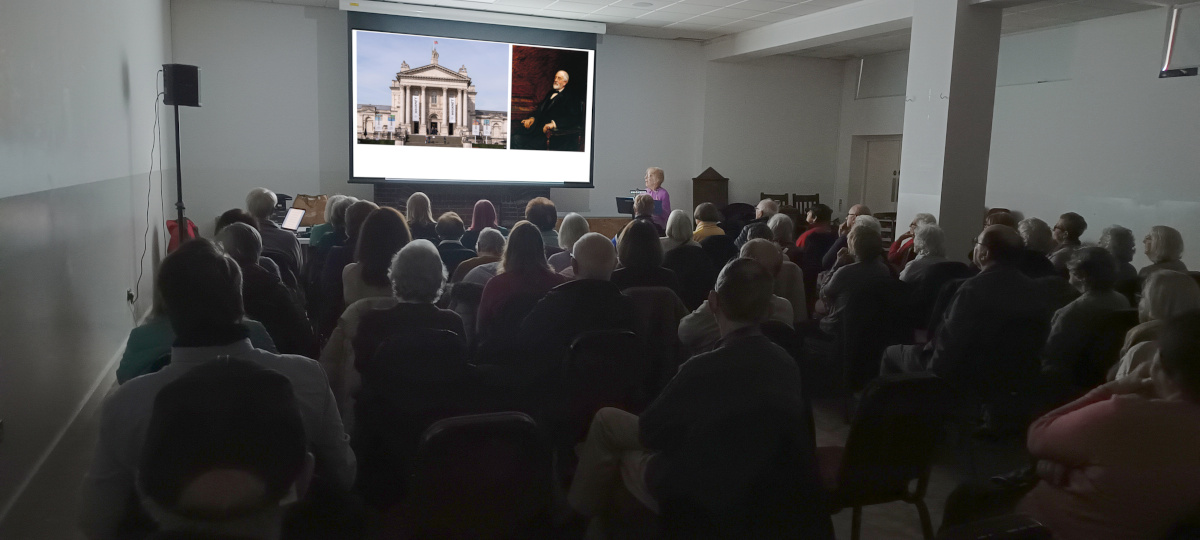Our series of lectures on British Art and Artists continued on Friday 23 February with the history of the Tate Galleries and the British artists of 19th Century, and how their work differed from that in the previous century.
We started with the history of the Tate Britain gallery, showing how the area had been a prison before becoming an Art Gallery. Sir Henry Tate (of sugar fame) had offered his art collection to the National Gallery, but the offer had been rejected. Our lecturer, Jennifer, went on to describe the several changes of gallery name over the years, and the development of Tate Liverpool, Tate St. Ives and Tate Modern. The development of public galleries and museums was assisted by the Museums Act 1845, although the difference that made was slight by today’s standards.
Whilst the 18th Century had seen an established hierarchy of subjects from History Painting to Still Life, the 19th Century saw a development towards Industrialisation and Narrative with a particularly emphasis on morality, sentimentality and religious observance. Towards the end of the century, various movements emerged including the Pre-Raphaelites, and Art for Art’s Sake.
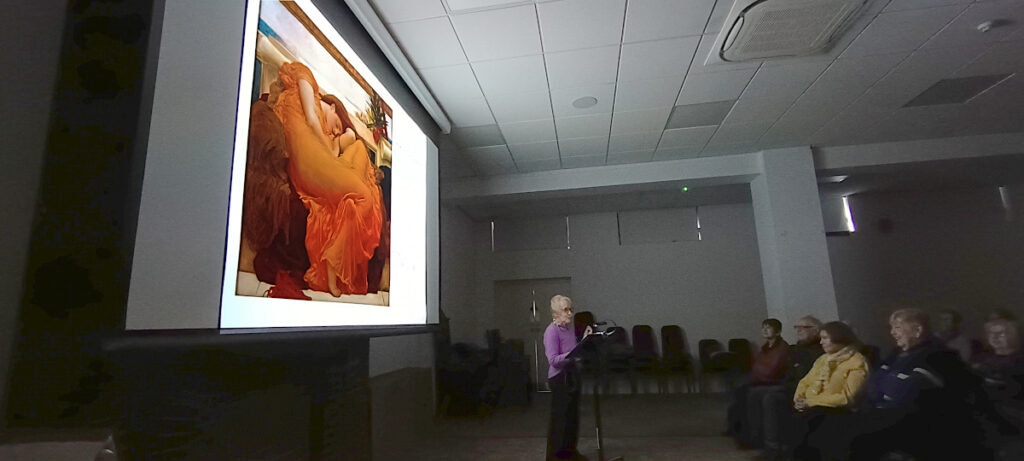
Jennifer provide a wealth of examples, showing narrative paintings with strong moral themes. She also delved into the technical details, especially paintings that had been supported by photographic studies in place of the artist’s sketchbook. Many of the examples could appear saccharine by modern tastes, but many of the works were speculative rather than commissioned pieces. Some made extensive use of pet animals – often dogs or cats – to enhance the emotional call of the subject matter.
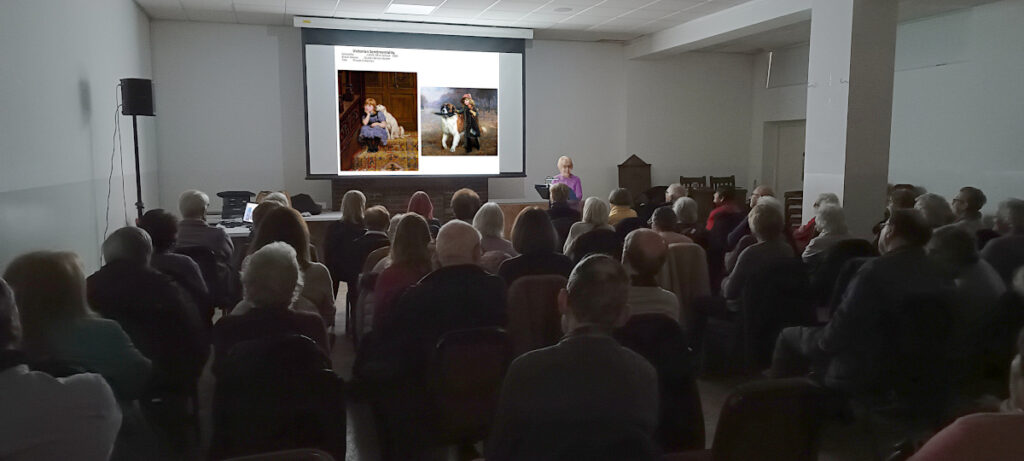
The paintings of Sir Edwin Landseer were an example, with a lighthouse dog rescuing a small girl from the waves.
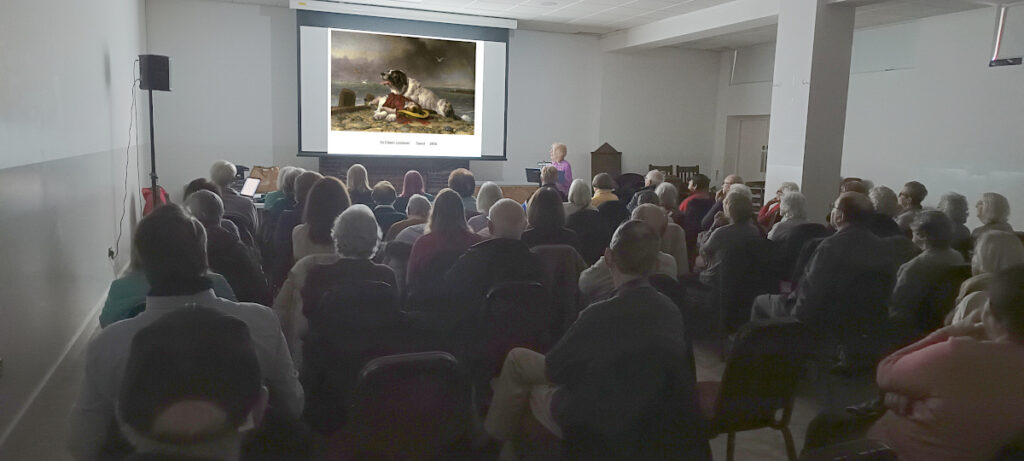
Many of the works showed the role of girls and women in a light that did not chime with modern times, and Jennifer took time to explain the quotations that often accompanied these works. Many later works showed the hard work that was expected of people, either at home or in factories or on farms or at sea. There was much emigration in the 19th Century from Britain and from Ireland, and this was also covered in some detail with works of art. Sadness was a constant theme for many of the works.
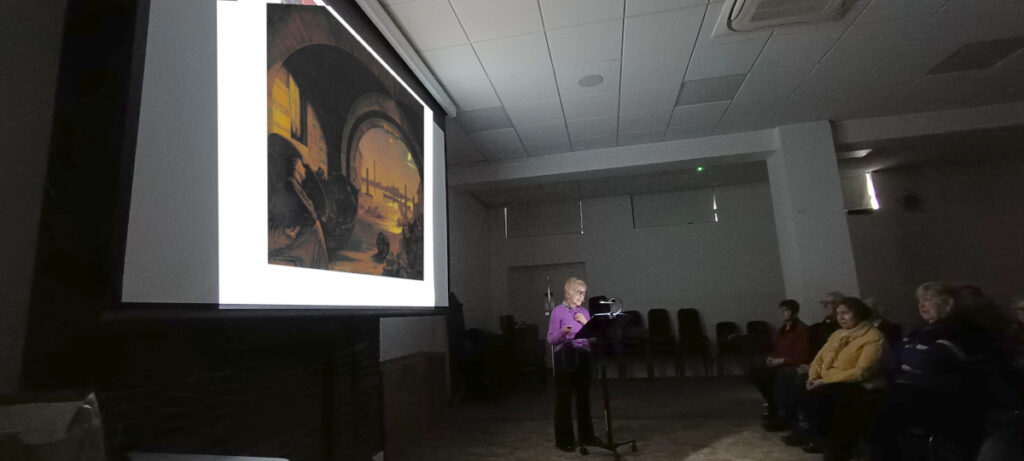
The next session will be on 08 March 2024 at 10:00am, and will concentrate of the Guildhall Gallery and the Pre-Raphaelite movement.

